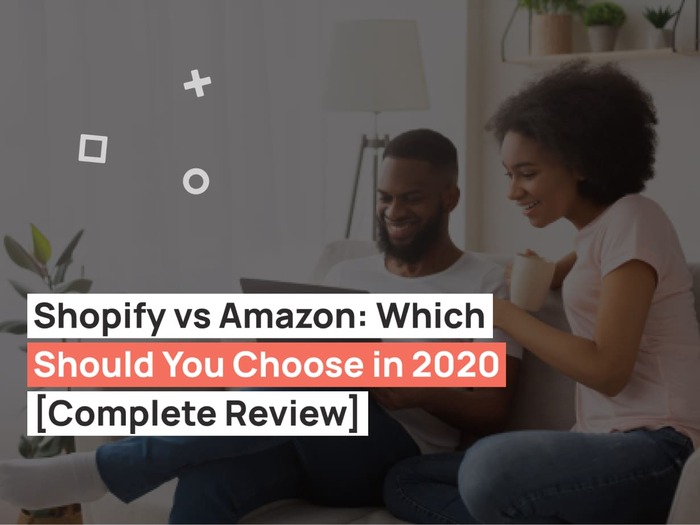We used to rely on call-to-actions to attract attention and bring conversions. Now your audience is knowledgeable than ever and even the best call-to-actions are critically assessed before they are clicked on. To captivate your target audience, you need a wholesome content marketing and inbound marketing strategy. So don’t expect that this article turns hundreds of visitors into buyers, but the tips below will certainly contribute to your digital marketing strategy and will make the purchasing process quicker and smoother for your customers.
What’s call-to-action?
A call-to-action is a short snippet of text on the website that tells your visitors what they should do and leads them to step by step through the sales funnel. The most widely used call-to-action is “Sign up now”. A good call-to-action clearly indicates the action expected from a user and also catches attention. There should be absolutely no questions from a user point of view about what action they should be performing following the call-to-action. Some call-to-actions are specific to industry and business type, still, the following advice applies pretty much to everyone:
1. Use strong verbs
People won’t take action if you don’t explicitly ask them to. Most of us leave in the reactive mode and respond to external stimuli. Rarely will you meet a person who always makes conscious decisions. Verbs are made to push people towards action. You want your verbs to be strong and directly relate to the action you want the users to take.
Here are some great call-to-actions that start with a verb:
- Buy now
- Sign up now
- Shop now
- Download today
- Subscribe now
- Fill out the form here
Let’s say you have a great freebie to share – a white paper or a free guide. Letting the audience know that the guide is available for download will not elicit any action. By doing so you simply state facts and relay the information about the guide’s availability. On the contrary, a call-to-action “download our free guide now” will do two things: it automatically informs the users that they can get a free guide, but it also tells them what to do to get it.
2. Use emotional language
We’re emotional creatures. People thrive on emotions and connections, so while they claim that they make thoughtful purchases, in reality, 50% of the purchasing decisions are based on emotions. Here is why emotions work: when we experience excitement or thrill, our heart rate goes up, our limbic brain overrides conscious thinking, and we make decisions based on primal instincts. Now, millions of years ago this kind of a decision making would make us spot the pray earlier and we would have had a great dinner. Nowadays, however, we don’t have to hunt for food. It’s easily available but the limbic brain still thinks that the amount of food is limited. When your call-to-action appeal to the limbic brain, you can sell more, because people assume that the product is limited hence they will want to get hold of it as soon as possible.
Here is how you can add emotions to your call-to-action:
- add exclamation points
- use emotional words such as “dream”, “best”, “amazing”, “love”
- emphasize limited quantity or time, for example, “buy now”, “in the next 24 hours”, “limited availability”
3. Explain the reasons behind your request
If you want your call-to-action to truly have an effect, think about your offer as a whole. What’s your USP – a unique selling proposition? And can it be expressed in the call-to-action? It’s a sign of a genius if you can create a call-to-action that both push the visitors towards action and explain the reasons why they should act a certain way. These call-to-actions end up being longer but nevertheless effective. Here are some examples: “call now to get a free consultation”, “contact us today for a quote”, “sign up for a free trial”.
4. Understand the FOMO phenomenon
FOMO is defined as the fear of missing out. It’s a common phenomenon these days, especially among the millennials. FOMO plays on the limbic brain’s inability to withstand temptation. When the time or quantity is limited, we jump onto the opportunity, because we believe we’ll never encounter it again. Marketers all over the world use FOMO to lure in innocent buyers. Here are some call-to-actions that play on the power of FOMO: “sale ends in 24 hours”, “limited time offer”, “only 2 left in stock”.
5. Research the devices
The research shows that people choose specific devices for certain types of actions. For example, initial research is often conducted on a mobile, while the final purchase is made from a desktop device. This has a huge impact on call-to-actions. On mobile, you want to present as much information as possible. On a desktop, try to build a clear and short path to purchase. Another important implication of device usage is calling versus contacting via email and other text-based methods of communication. Having a smartphone in your hands makes it easier for you to call, so call-to-actions such as “Call now” work great on mobile devices. Leave “Contact us now” or “Send us an email” for a desktop version.
6. Be creative
It’s harder than ever to catch user attention. The average attention span is 8 seconds. Additionally, everyone uses the same call-to-actions, so whenever the user sees another “Sign up now”, they simply scroll the page further. So how do you avoid your call-to-actions being ignored? The key to catching customer attention is creativity. Avoid commonly used call-to-actions and come up with exciting and creative new ones. At the same time, remember that call-to-actions can’t be vague. You want to achieve the perfect balance between easy to understand words and creatively constructed phrases.
7. Use numbers
People like seeing truthful information, so don’t be afraid to use numbers in your call-to-actions. Customers respond well to prices, discounts, and promotions. Seeing numbers on the page gives people confidence and builds trust. This doesn’t mean that you should use any numbers you like. Numbers only make sense if they are a part of your USP. For example, “Buy now for less than $29” implies that your pricing offer is lower than the average on the market. Discounts also create an impetus for action. “Buy now and get a 20% discount on your next purchase” – this call-to-action represents a smart use of an incentive that can only be redeemed after the purchase.
8. Emphasize problems
Call-to-actions can appeal to our positive emotions as well as negative emotions. There are things people desperately want to get and things they want to avoid. Don’t be afraid to create call-to-actions that make problems more prominent. When people see problems, they become worried and anxious and want to take action to make the problem go away. “Stop wasting your money on harmful diets” is a powerful call-to-action that emphasizes two problems at once – the concern about money spent on useless dieting tactics, and the notion of diets being harmful to your body. Using negative language is a technique that commands attention, but you should be careful. Don’t overdo it as people respond to positive emotions better than to negative ones and in a long term perspective positivity builds a better image for your brand.
Final Word
There are no set rules for the creation of call-to-actions. But making them clear, concise and action-oriented is a good place to start. Also, don’t rely on the power of creativity only. Once you create your call-to-actions, test them. Testing is the only way to confirm the effectiveness of call-to-actions. So be creative, use your critical thinking, apply the advice given in this article, and then confirm your assumptions by testing them. In the end, you’ll get a website with call-to-actions that hook and sell!
Have great call-to-action examples to share? Our Nashville web design agency would love to hear about them. List your examples in the comments below!



